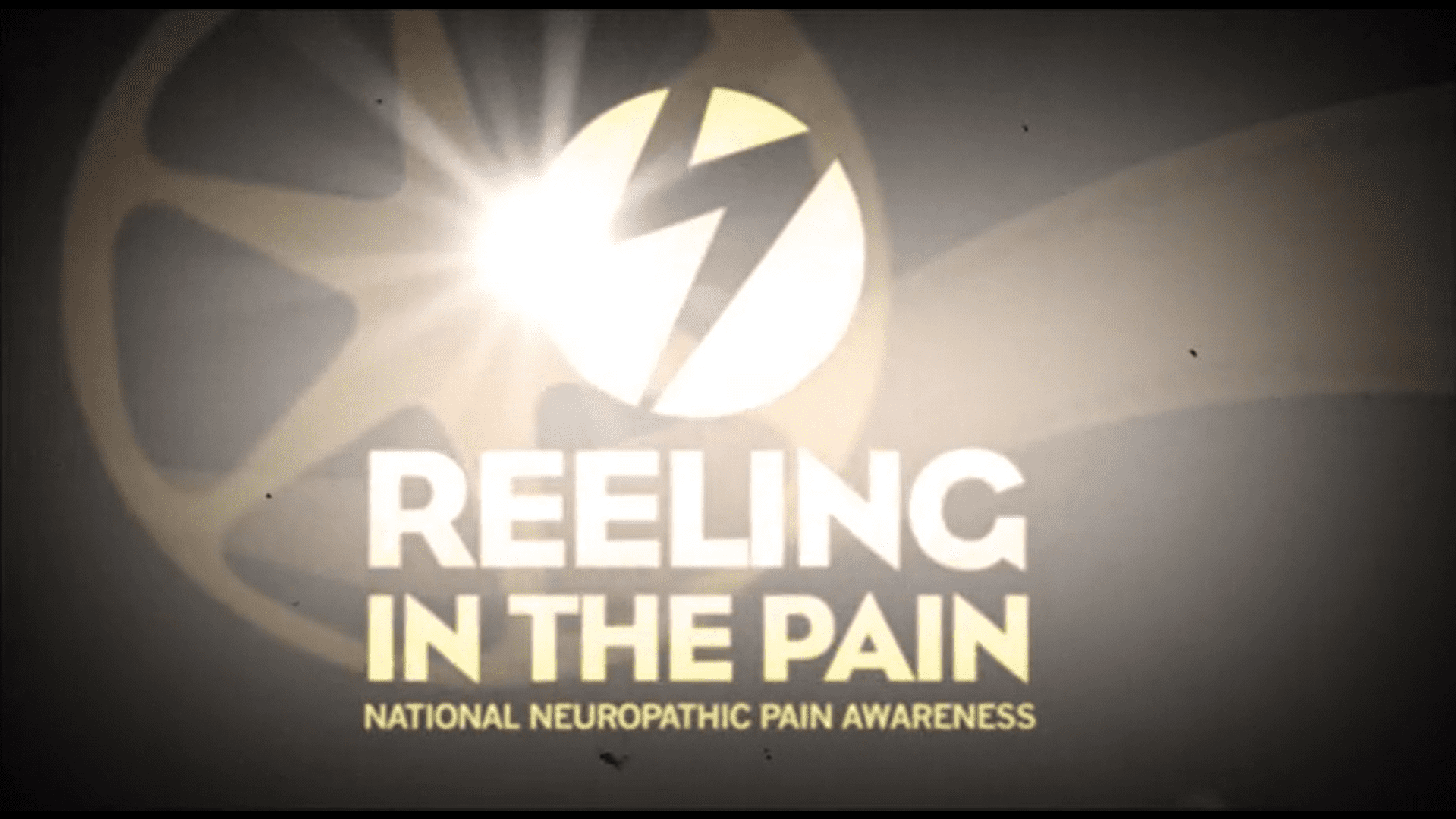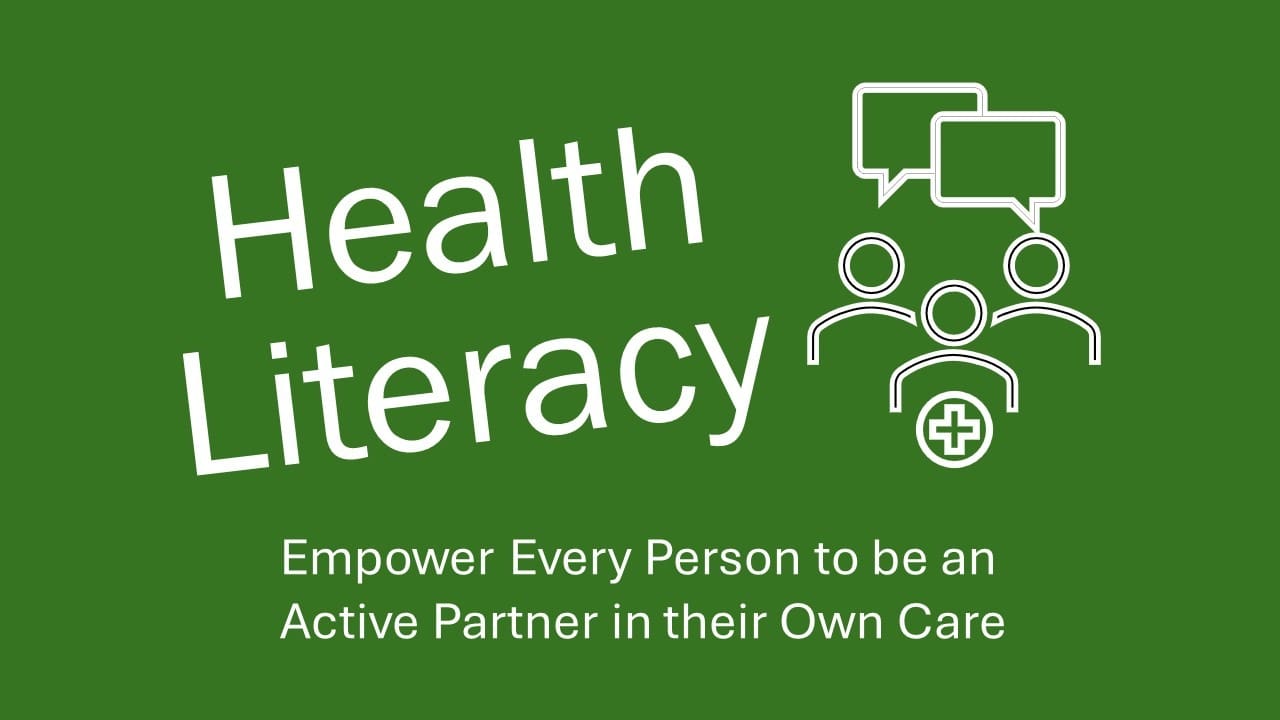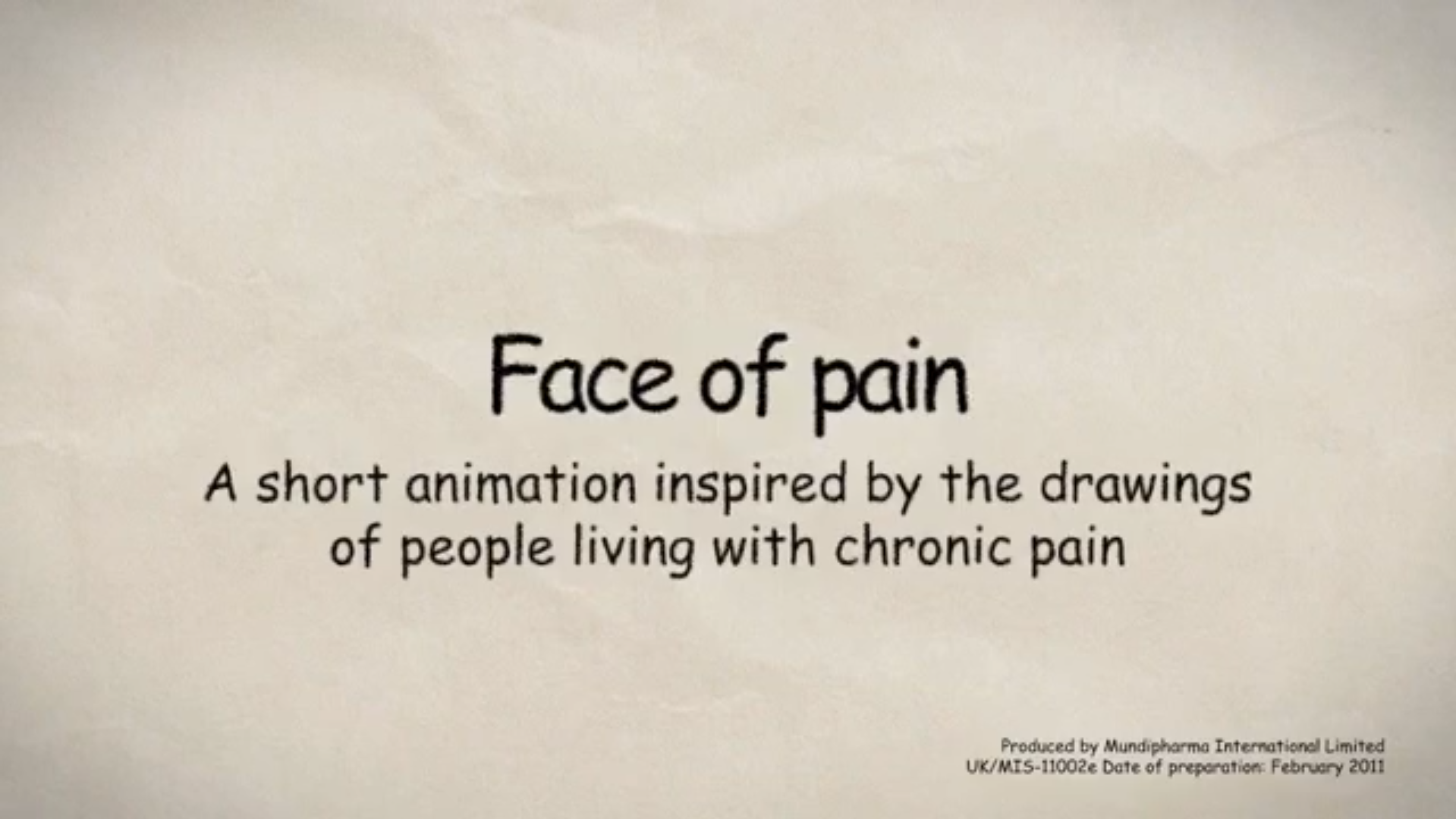Campaigns
Pain Awareness Campaigns
Chronic Pain Ireland has been involved in many pain awareness campaigns.
All campaigns aimed to raise awareness of chronic pain sufferers by highlighting the complexity and burden of chronic pain in all facets of life.
Pain Awareness Month
Pain Awareness Month. Each year this international campaign aims to draw attention to the need for better understanding of what a person with pain deals with on a daily basis, the challenges they face and society’s lack of understanding about chronic pain. This is an international effort to ensure that there is improved access to care and for greater education among the healthcare community and society.
My Pain Feels Like
Pain can be difficult to describe.
Don’t suffer in silence.
The objective of the award-winning “My Pain Feels Like” campaign was to help patients understand their pain in a deeper way so they could talk about it to their doctor.
Health Literacy Initiative
Reeling In The Pain
The “Reeling in the pain” campaign for
National Neuropathic Pain Awareness.
Neuropathic pain affects an estimated 120,000 people in Ireland. More than a third of patients say the condition is a source of great physical suffering.
Can You Feel My Pain?
A Europe-wide campaign that aimed to raise awareness of the burden of chronic pain, and the need for governments and health systems to recognise the problem of unresolved pain.
Mystery Pain
“Do you suffer from an unexplained pain?”
In 2009, we led a campaign to highlight neuropathic pain called Mystery Pain.
Change Pain

Chronic Pain Ireland was part of the steering committee for the Change Pain® campaign.
It is an excellent source of information for professionals and patients. More info here.
. . .
Patient Awareness Campaigns
Pain Awareness Month
September is Pain Awareness Month. Originally started by the American Chronic Pain Association, it aims to draw attention to what a person with pain deals with on a daily basis, the challenges they face and society’s lack of understanding about chronic pain. A global initiative that also campaigns for improved access to care and greater education among the healthcare community.
The Versatis Patch
This was a campaign initiative to restore the Versatis Patch pain medication for people with a medical card or the Drug Payments scheme. Chronic Pain Ireland acted in its position as a patient voice and advocated against the withdrawal of reimbursement of the patch. This included briefing sessions in Leinster House and public meetings to share strategy. Read the history and timeline of events of the Versatis Patch campaign.
‘The manner in which the patches were withdrawn unjustly undermines the patient-doctor relationship and burdens the GP with the administration.’
. . .
Recognition for Pain Medicine as medical specialty
For many years, Chronic Pain Ireland campaigned to have Pain Medicine recognised as a medical specialty. In 2012, Chronic Pain Ireland supported the Faculty of Pain Medicine, College of Anaesthetists, Ireland in its application to the Medical Council for such recognition. The purpose of the application was to regulate and enhance the education of medical practitioners in Pain Medicine, and to have the condition of Chronic Pain recognised as a separate medical entity.
Chronic Pain Ireland declared its support of the application as it would create a greater awareness of the condition and make accessing help more straightforward. In June 2014, the then Minister for Health, on the recommendation of the Irish Medical Council, signed into law Pain Medicine as a medical specialty.
Below are some of the events that were organised by or with the support of Chronic Pain Ireland that aimed to highlight the pressing need for chronic pain recognition.
Recognising & Managing Chronic Pain – An Expert View
In 2011, Chronic Pain Ireland held a public meeting entitled “Recognising & Managing Chronic Pain – An Expert View” with chronic pain experts from Ireland.
Topics included:
- ‘Coping with Chronic Pain’ – Dr Brian McGuire
- ‘The Role of the GP in Diagnosing Chronic Pain’ – Dr Ray Doyle
- ‘Chronic Pain Perceptions and Misconceptions’ – Dr David O’Gorman
- ‘Understanding The Causes of Chronic Pain’ – Dr David Finn
- ‘Recognising & Managing Chronic Pain; Question and Answer Session’
Watch all of the video recordings from ‘Recognising & Managing Chronic Pain – An Expert View’.

Patients Forum on Disease Recognition for Chronic Pain
In February 2013, a patient forum was held as part of the fifth annual scientific meeting of the Faculty of Medicine, College of Anaesthetists of Ireland.
People living with chronic pain had the opportunity to hear from national and international chronic pain experts, and also had the opportunity to have their questions answered.
Speakers included:
- Professor Hans G.Kress, President of EFIC, Vienna , Austria
- Professor Michael Cousins, Foundation Professor, Head of Anaesthesia & Pain Management, Sydney Australia
- Dr Josh Keaveny, Dean of the Faculty of Pain Medicine & Consultant in Anaesthesia & Pain Specialist
- Dr Camillus Power, Chair of the Scientific Committee, Dublin, Director Pain Medicine, Tallaght Hospital, Dublin
- Dr Brian McGuire, Director of Centre for Pain Research, Director of Clinical Psychology Training Programme NUIG & Clinical Psychologist University Hospital Galway
- Ms Gina Plunkett, Chairperson, Chronic Pain Ireland
Watch all of the video recordings from the Patients Forum on Disease Recognition for Chronic Pain.
















